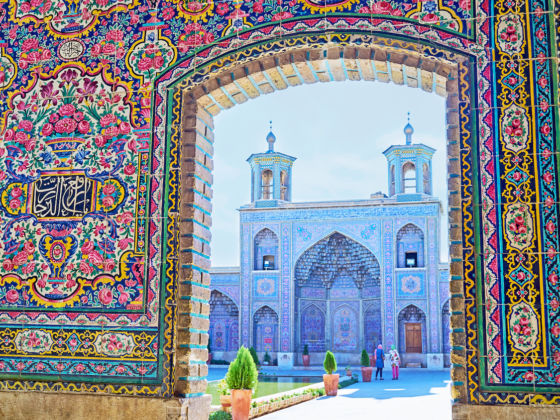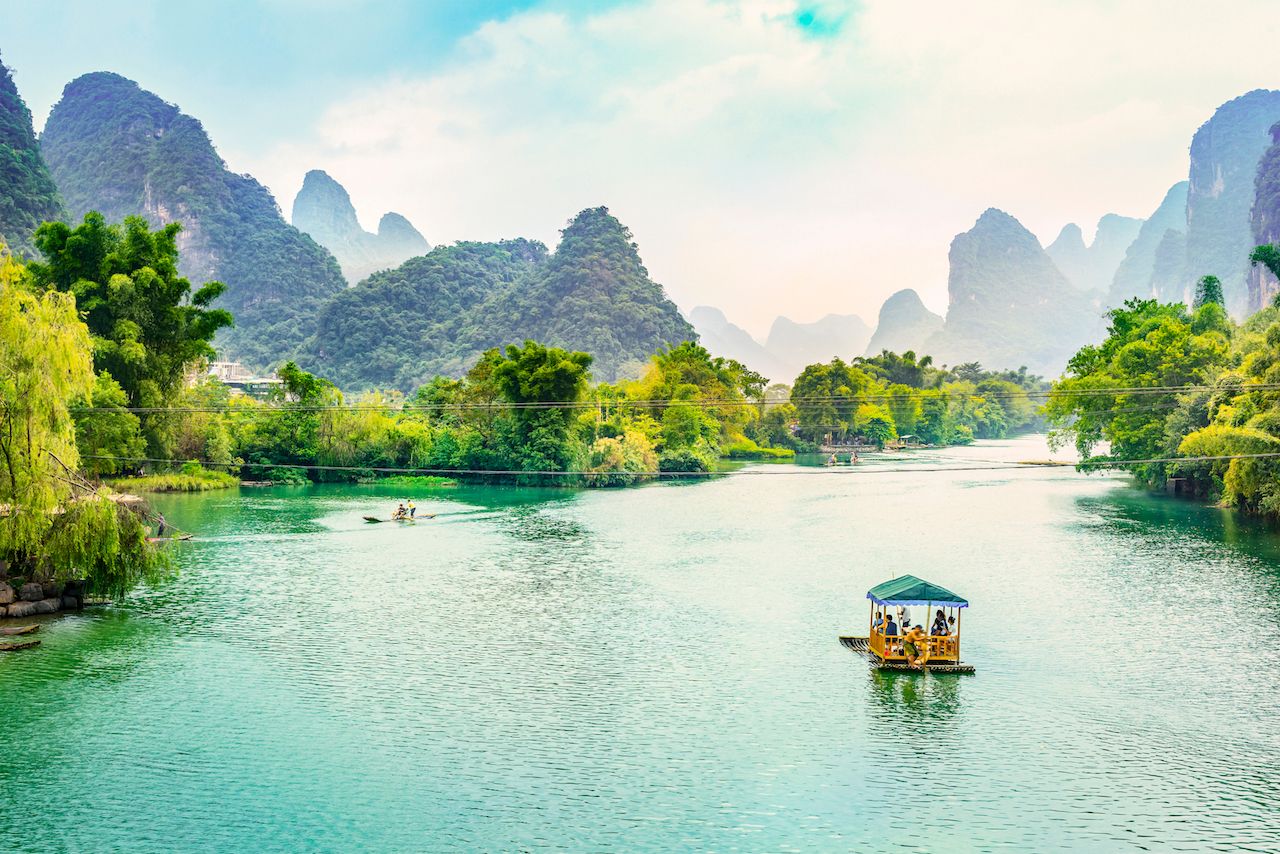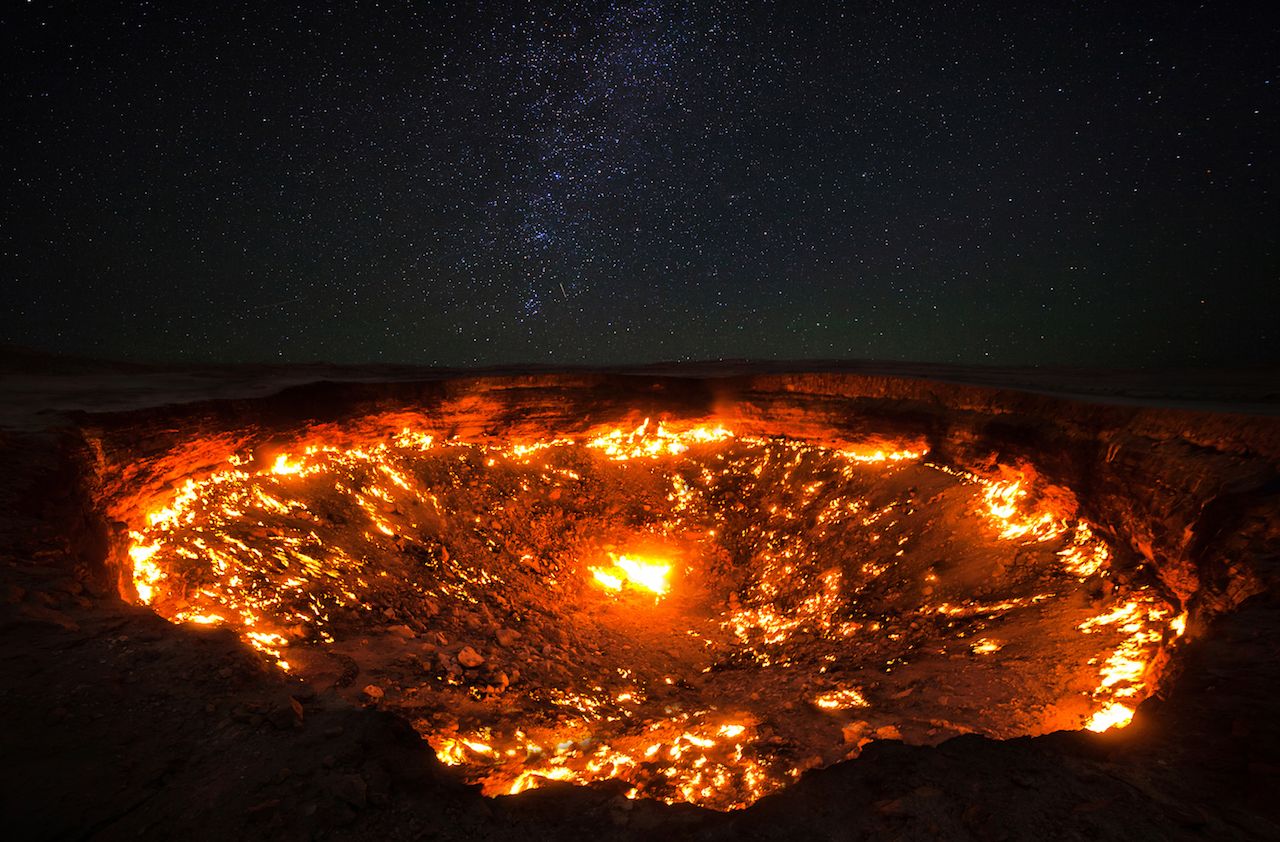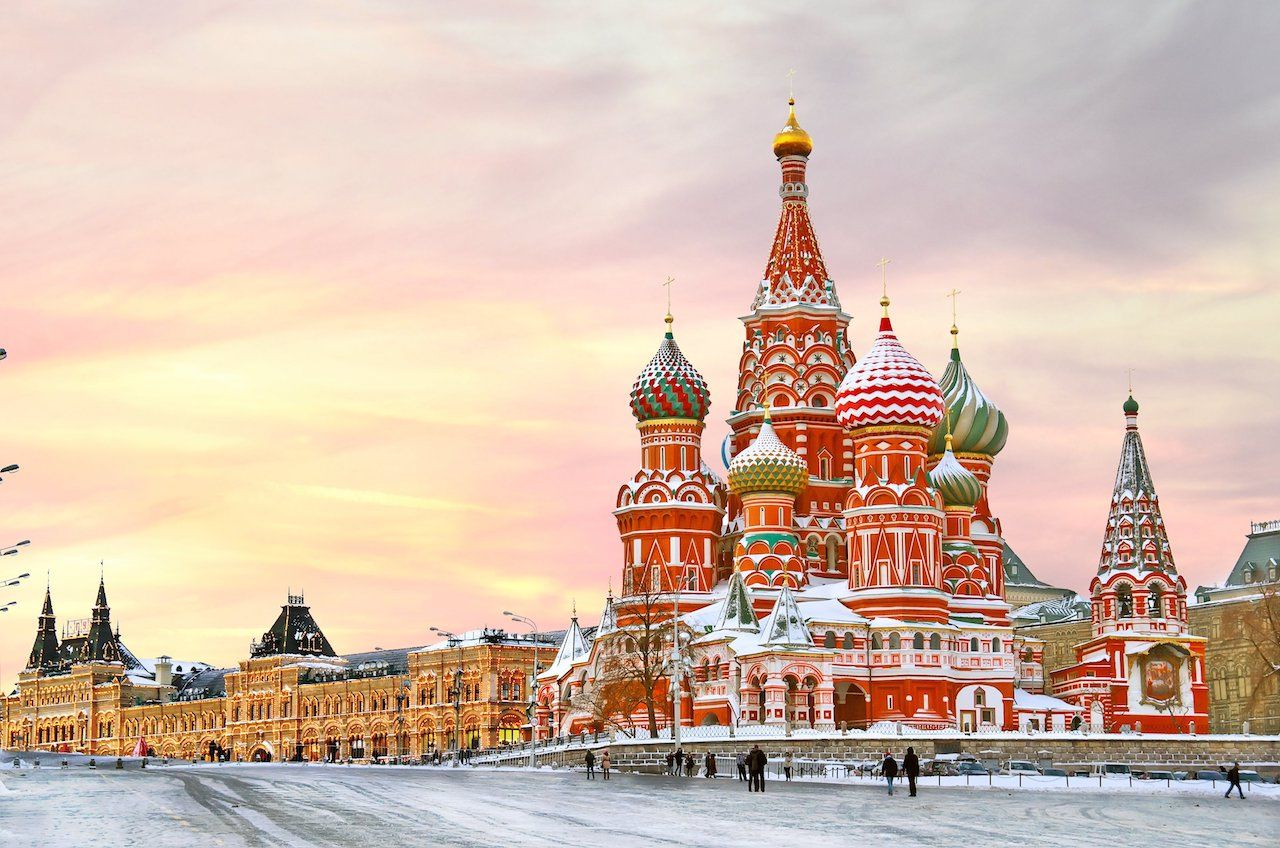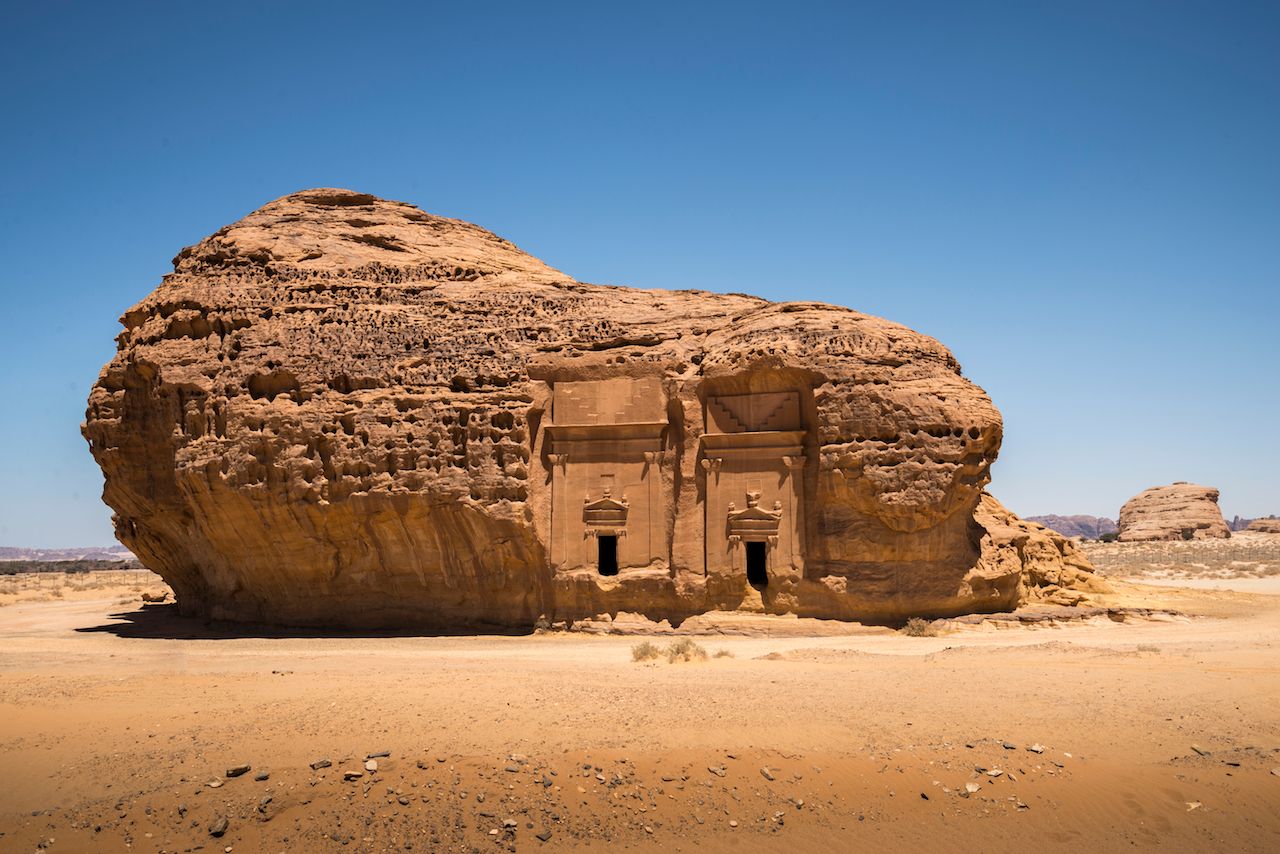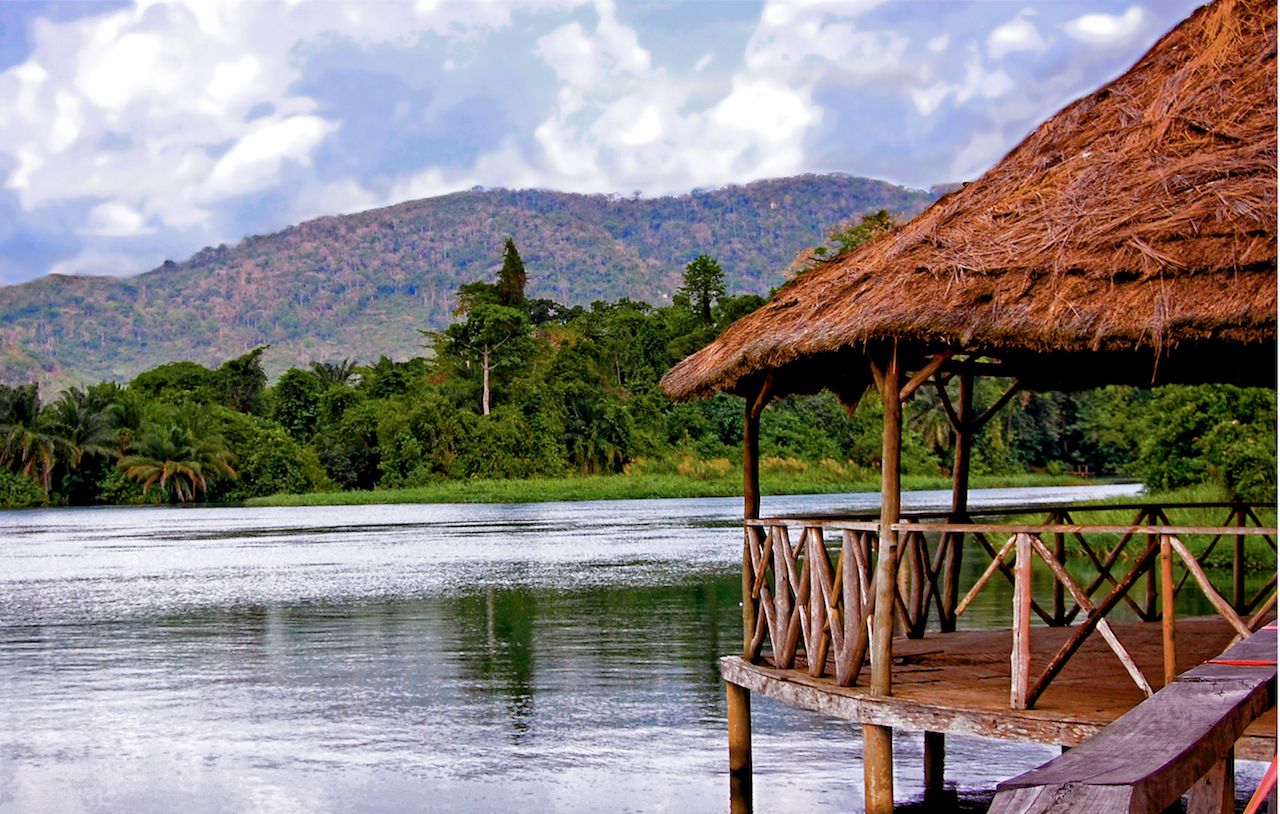With visa-free access to 164 countries (out of the 195 total countries in our world today), the United States ties with 11 other countries for providing its citizens with the second most powerful passport in the world. In comparison, citizens of Pakistan, Iraq, and Afghanistan can respectively only visit eight, seven, and five countries without needing to apply for a visa — their passports offering the least amount of freedom of movement.
Despite the immense freedom given to US passport holders, some remote places and strictly governed countries remain out of reach to Americans — and, sometimes, all the more alluring because of it. The following nine destinations require travel visas that are among the hardest in the world for US passport holders to obtain — ranked from major headache to basically impossible.
